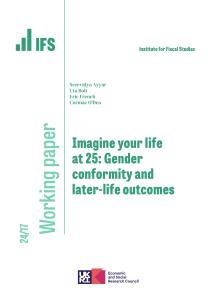This paper simulates student loan schemes for Brazil. A copula approach is applied to simulate dynamic earnings paths for graduates. Repayment patterns are then simulated for time-based and income-contingent loan designs. The results show that the Brazilian time-based scheme involved unsustainable repayment burdens for many graduates and contributed to the scheme's high default rates. We also show that the new income-contingent scheme is also likely to involve high taxpayer subsidies. We consider alternative designs with different strengths and weaknesses but favour an income-contingent scheme with a loan fee, repayment rates at 50% of current income tax rates and an interest rate at the government's cost of borrowing upon graduation and above initial tax threshold. We conclude by emphasising that full involvement of the federal revenue system is more desirable than the present approach of employer withholding. This would increase the earnings base and reduce costs, which is important for Brazil's current precarious fiscal situation.








